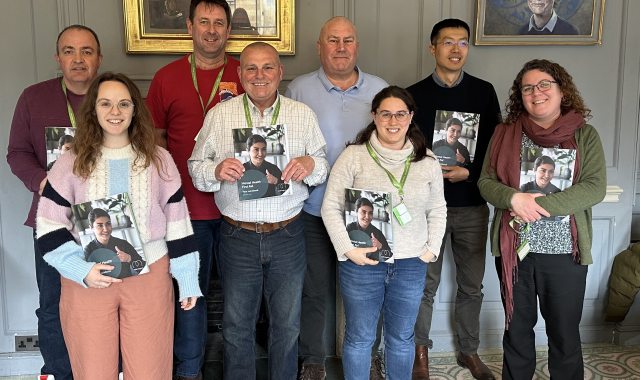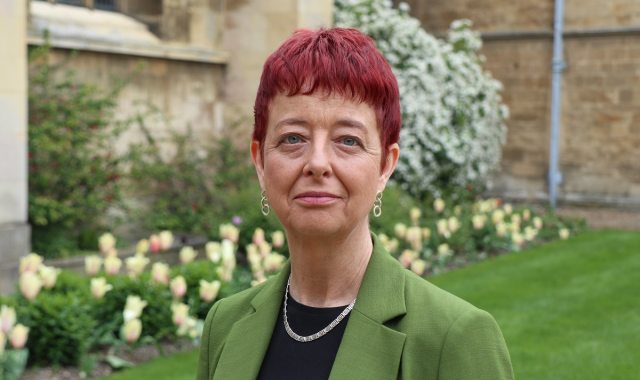The forgotten fortress of Kolombangara
- 04 March 2021
- 5 minutes
Nikolaus Hochstein Cox (MPhil Archaeology 2016) shares the story of an adventure from March 2020, which involves hidden Second World War tunnels in a Pacific archipelago, a S.O.S from John F. Kennedy before he was President of the United States, and a Caius mascot…
In February 2020, a team of Caians embarked on an expedition to the island of Kolombangara, in the Solomon Islands, in search of a rumour. This team consisted of Nikolaus Hochstein Cox, archaeology MPhil, Martin Potts, medical science PhD, and Edmund the Bear, the Caius mascot. The Caian trio were accompanied by Major (Rtd.) Andy Hawkins, who would serve as their resident specialist on unexploded ordnance and tunnel exploration. Such talent was vital, for this was an expedition in search of rumoured Imperial Japanese underground fortifications, dug during the Second World War, that, according to local legend, were scattered throughout the jungles of the island’s eastern Teme Region.
Nik had first set about contacting local island authorities to confirm whether these tunnels – which had never been formally recorded – still existed on the island. He formed a friendship with Ferguson Vaghi, the director of Kolombangara Island Biodiversity Conservation Association (KIBCA), an indigenous-run conservation and cultural preservation initiative. Ferguson was able to track down the local landowner, Stenrick Riapitu, and confirm that on his land, in the jungle behind the coconut plantations, were six previously unexplored wartime tunnels.
After a long flight on empty planes, at the beginning of a pandemic which none of us ever thought was going to reach Europe, we arrived on Kolombangara and began a process of discovery and survey of wartime relics.
Footage of one of the Kolombangara tunnels (credit: Nikolaus Hochstein Cox and Martin Potts)
The defensive dugouts had been constructed by the Japanese during the Second World War and were evacuated in late September 1943 once Allied forces had encircled the island. The tunnels had become an archaeological Marie Celeste, full of artefacts which the Japanese had dropped in their hurry to escape. Gas masks, helmets, grenades, shells, toothbrushes, sake bowls and beer bottles littered the ground where they were dropped, now known only to snakes, crabs, whip scorpions and cave crickets.
Over two weeks a team of Solomon Islanders, explosive experts, and Cantabs explored, surveyed, and recorded the tunnels. Artefacts were photographed and returned to their resting places: the team were determined to take nothing from Teme but photos. The legacy of archaeology is a problematic one, and some of the best museums are furnished with stolen artefacts. The Kolombangara Expedition sought to end this legacy by working in full cooperation with local populations who maintained complete autonomy over all discoveries made on their land.
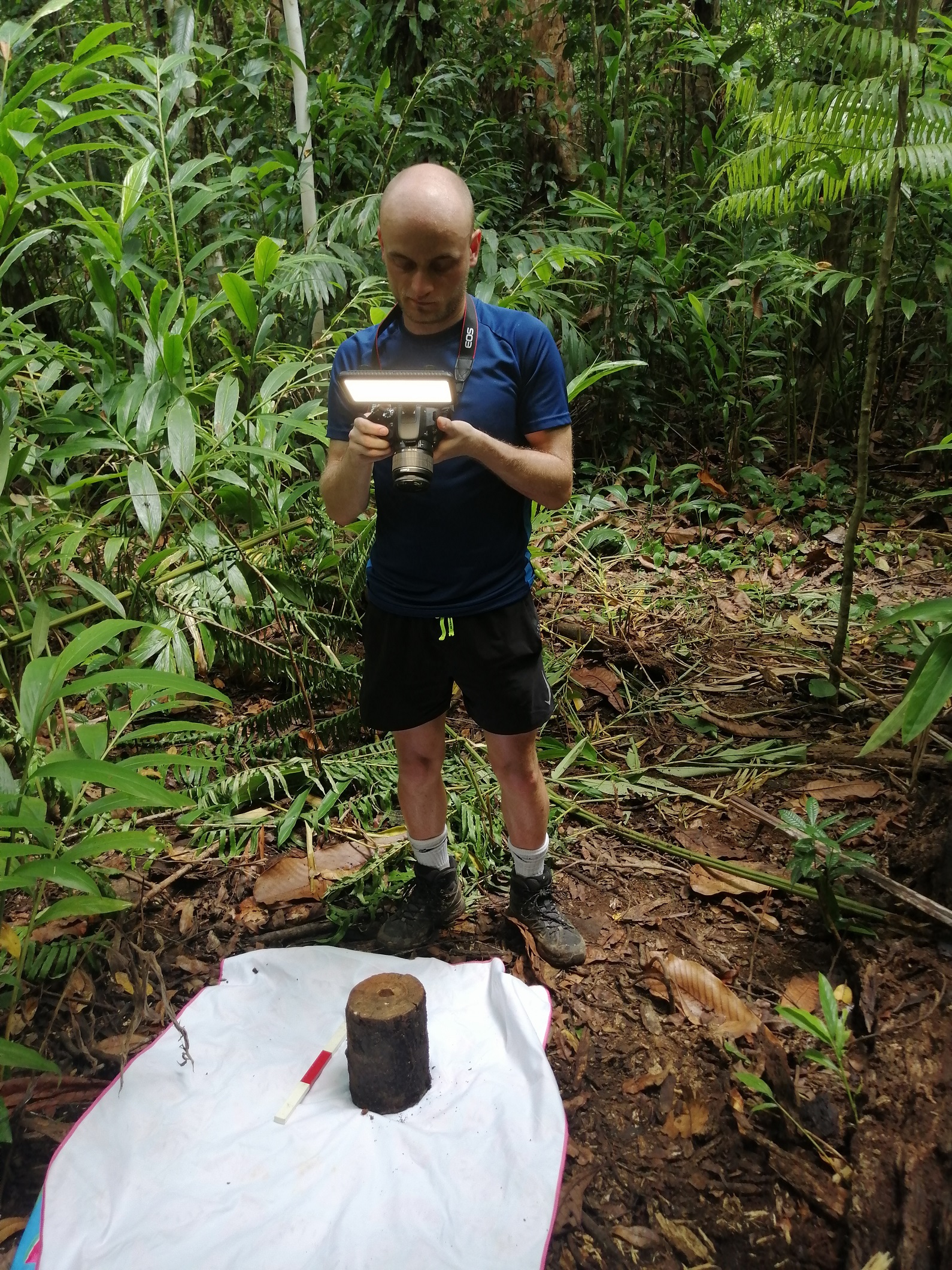
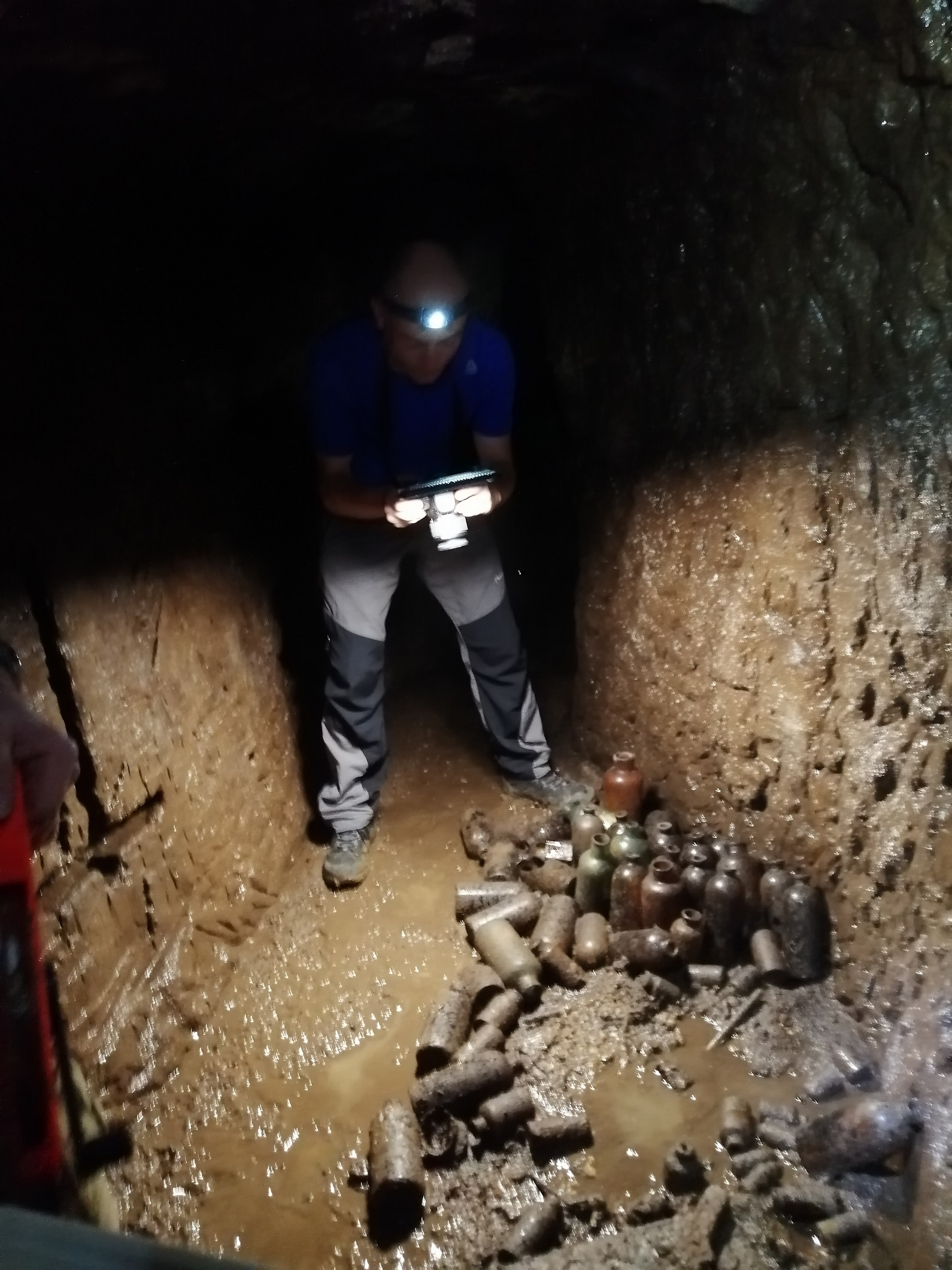
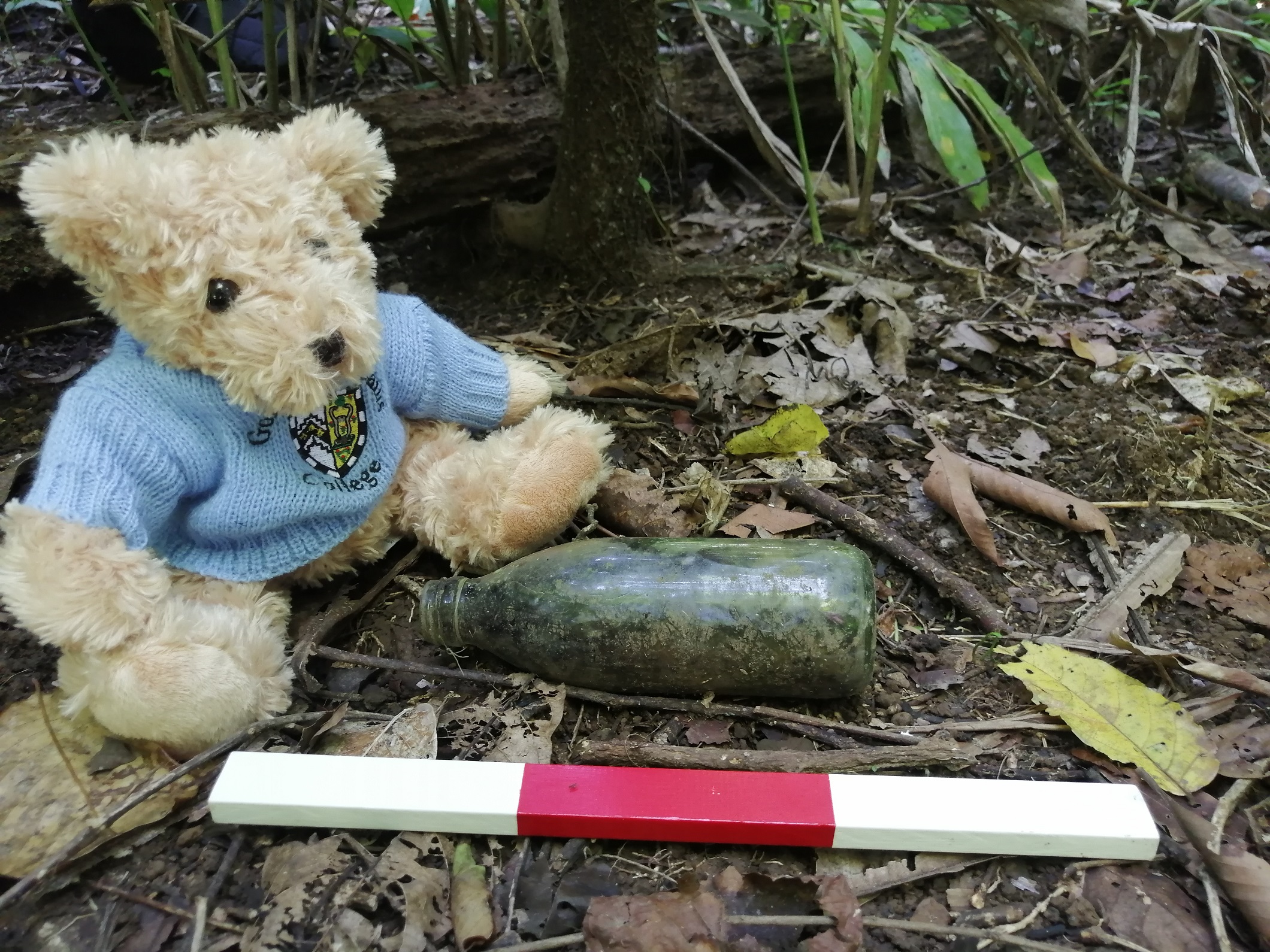
In the grand tradition started by fellow Caian Edward Adrian Wilson – who took a College flag with him to the South Pole on Scott’s ill-fated Terra Nova Expedition, and which now graces the Hall by the High Table – we wanted a bit of Caius with us on the expedition. The days of flag-waving imperialism are behind us, and for good reason, and besides, we did not want the fate that befell Wilson to befall us. We were accordingly grateful to have Edmund the Bear, wearing his sweater of Caius blue, alongside us and posing in many photos, above.
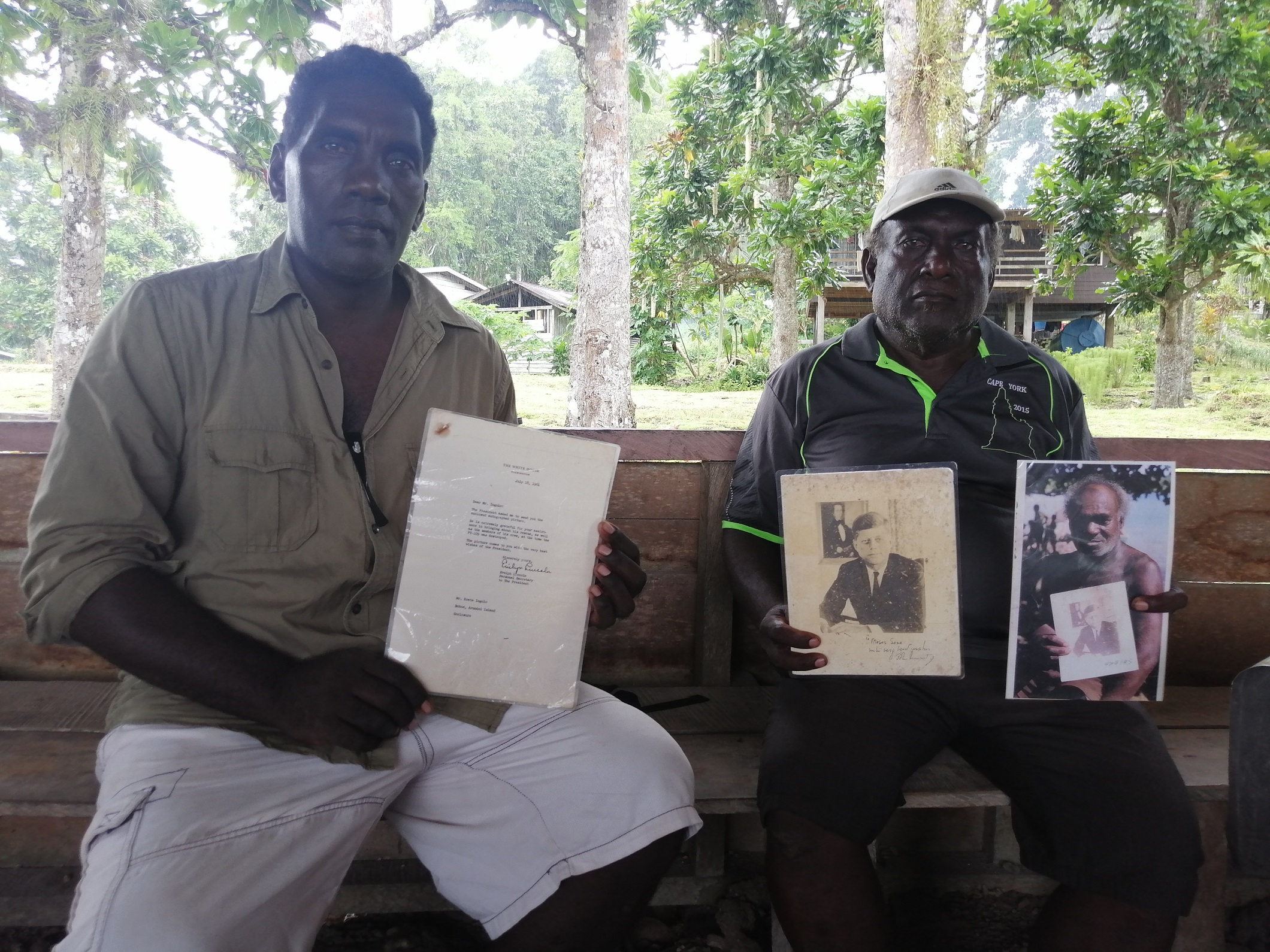
Edmund posed in the mouths of tunnels and alongside abandoned Japanese boobytraps, but his greatest adventure was getting a photo with the descendants of Moses Sesa and Koete Ingolo, pictured above. These are two names that are not known beyond the island of Kohiqo, to the south of Kolombangara, but they should be. On August 2, 1943, Moses and Koete were part of a team of eight scouts, working as indigenous guerrilla fighters, saboteurs, and spies behind enemy lines, feeding information on the movements of the Japanese back to the Allies. After witnessing an explosion at sea before dawn on August 2, they searched the atolls around Kolombangara for survivors of what they assumed to have been a shipwreck. On August 4 the scouts found the survivors, terribly dehydrated and sunburned, but alive. It transpired that a Japanese destroyer had cut an American torpedo boat in half and the surviving American crew had been swimming between atolls for days. This crew was led by a young lieutenant called John F. Kennedy.
While two scouts took Kennedy’s S.O.S., engraved into the husk of a coconut, to the nearest Allied base, Moses and Koete provided the Americans with food and water, hid them from marauding Japanese Zeroes, and ferried Kennedy to the nearest secret radio transmitter to contact his superiors. When Kennedy became President in 1961, he wrote letters to Moses and Koete, thanking them for saving his life.
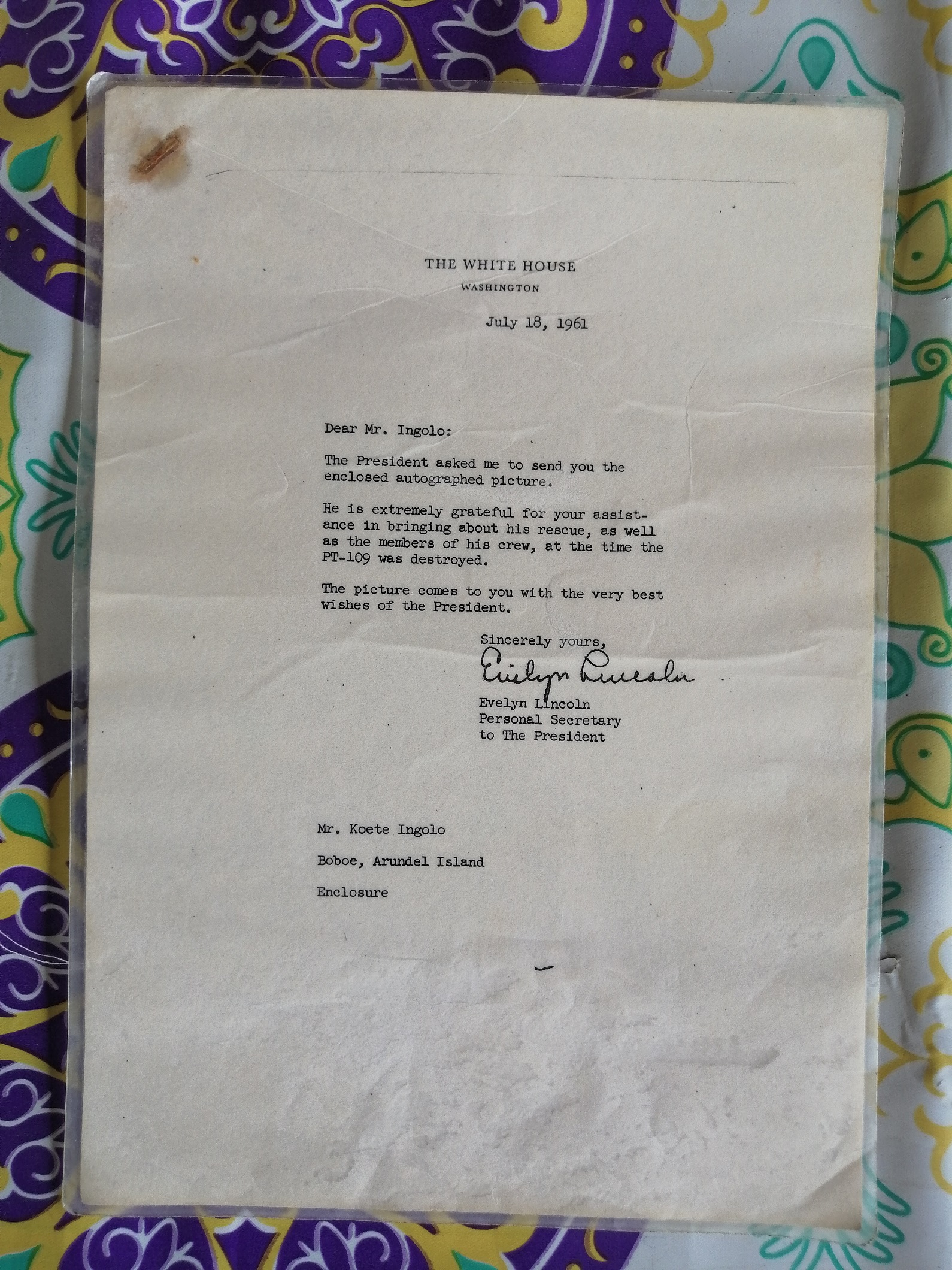
Kennedy remembered them and what they had done (pictured above is a letter from the White House), but the world would not.
By the time we met, by chance, the son of Moses Sesa (Eddy Moses) and the grandson of Koete Ingolo (Rinah Billy), the sacrifice and risks taken by the indigenous scouts to rescue the marooned Americans had been largely forgotten.
We were on Kolombangara to not only excavate the remains of the Japanese occupation but learn indigenous narratives of the war. The world remembers a war between Allies and Axis but forgets that for the people who inhabited these islands, they were not only battlegrounds but homes. The names of local Solomon Islanders who took incredible risks in the face of insurmountable odds must not be forgotten, just as much as our archaeological discoveries within the tunnels of Teme must be brought to light.
In mid-March Nik, Martin and Edmund returned to Cambridge and went straight into lockdown. They have neither set foot nor paw aboard a plane since.
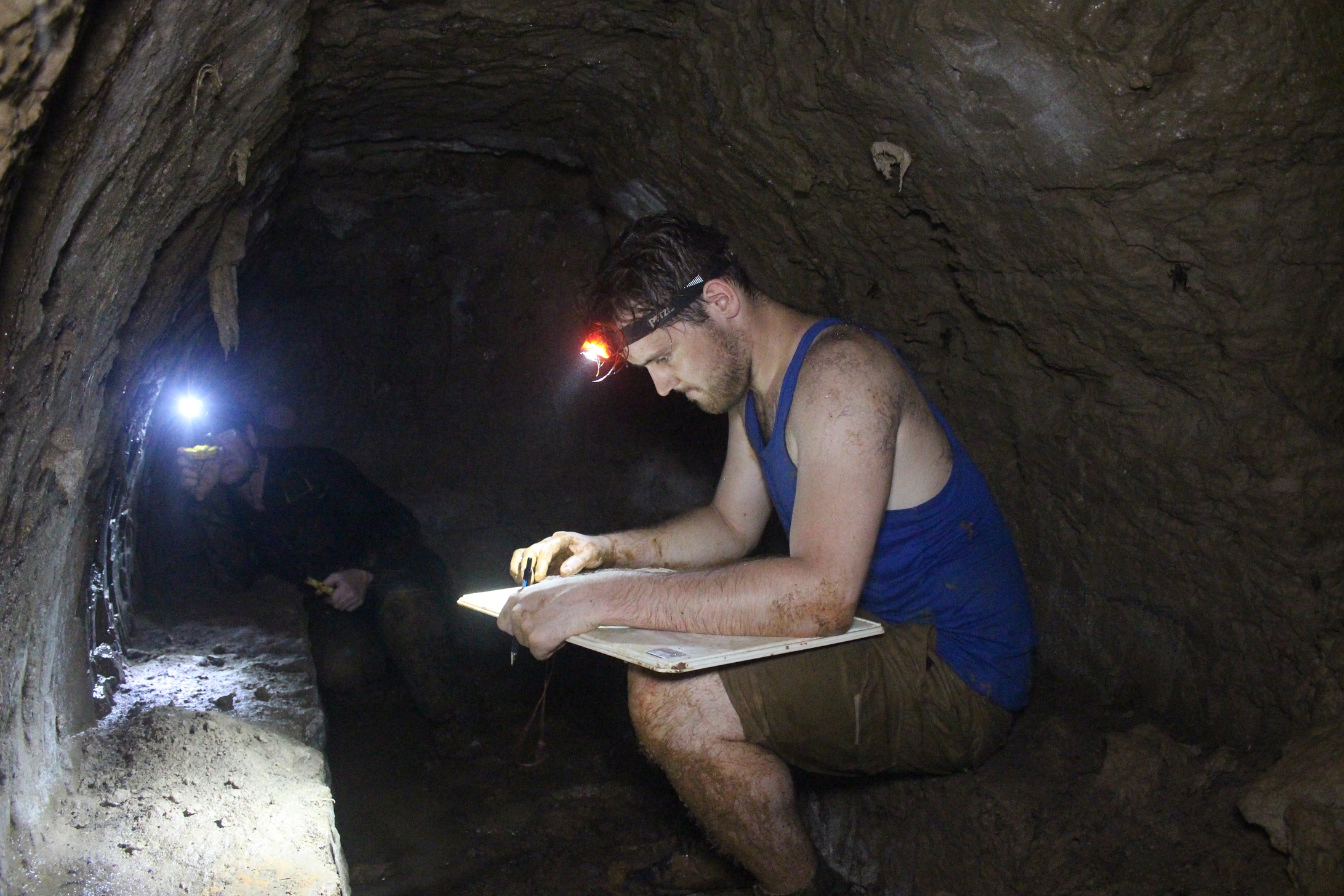
To learn more about the expedition, visit: https://forgottenfortress.com/ or contact Nik on kolombangaraforgottenfortress@gmail.com
Nik’s research is published in Current World Archaeology Issue 103 (October 2020), available as a PDF with the permission of Nik and Current World Archaeology.
Hear more from Nik in the That's Old News podcast: https://pod.co/thats-old-news/bonus-episode-kolombangara-the-forgotten-fortress
All images and video provided by Nikolaus Hochstein Cox and Martin Potts

